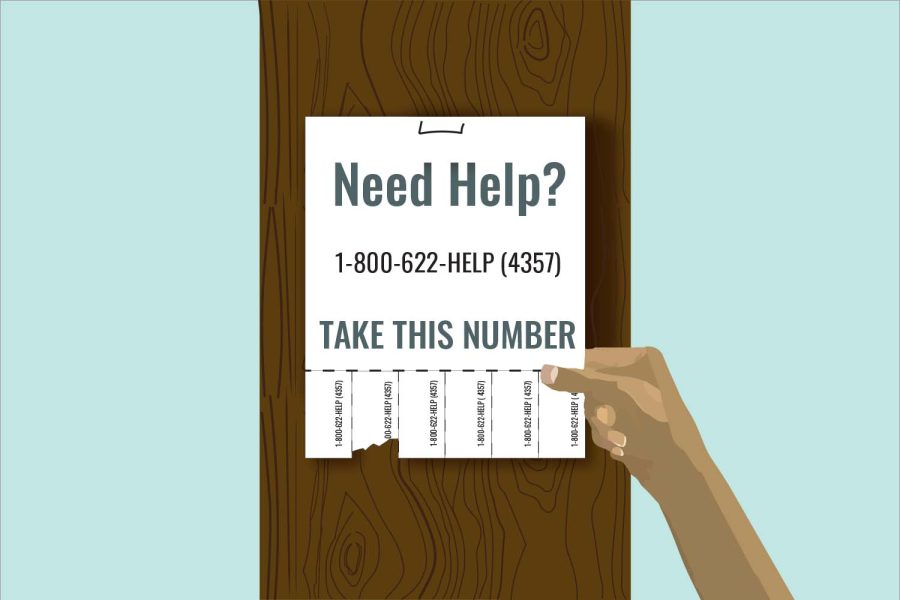Staff Editorial: Drug abuse does not define who you are
Amidst the communal healing from the loss of junior Cooper Davis, we must realize that the negative stigma tied to drug abuse is not tied to the abuser
The JagWire staff discusses the importance of distancing struggling individuals from their abusive behaviors toward drugs
October 20, 2021
There is no question that the start to the school year has been rough with the untimely loss of junior Cooper Davis to drug abuse. Davis’ death has left family and friends feeling devastated, frustrated and confused on the subject of how a teenager in their community could be so easily taken by drugs.
As the JagWire staff sat in room C-101 on a mid September afternoon, debating on whether we should run this issue detailing drug abuse and how it took the life of a student, there were some staffers who expressed their deep apprehensions.
After 30 minutes of debating on what content was taboo and what content was worthy of coverage, our staff came to the collective conclusion that substance abuse is a significant topic that needs to be discussed. We felt it was important to inform our readers on how to spot signs of substance abuse and why one who abuses drugs should not be defined by their actions.
According to Davis’s obituary, his struggle with drug abuse was related to his desire of “wanting to live life to the fullest on his own terms.” Despite the behaviors that drove him to “experiment with drugs,” Davis warned others not to follow his path of “risky” actions.
While Davis’s abuse was not a result of poor mental health, the Substance Abuse and Mental Health Services Administration states that nearly 9 million people who have abused drugs also struggle with a mental health disorder. Only 7 percent of these individuals get treatment for both conditions while nearly 60 percent receive no treatment at all, facing the 47 percent risk of abusive habits evolving into an addiction.
According to SAMHSA, signs to watch for when offering help for struggling individuals include tremors or seizures, loss of physical coordination, extreme lethargy, chemical odor on breath or clothes, pinpoint pupils, bloodshot eyes, and weight changes.
If you are reading this editorial and have struggled with drug abuse, or know someone who has struggled or is currently struggling, be reminded that it’s not too late to turn yourself around. Davis’ early passing reminds us of the unwavering fragility life holds. Take advantage of the resources provided and reach out, the drug abuse and mental health help line is a call away at 1-800-622-HELP (4357).
Despite his challenges with drugs, Davis hoped to warn others to not follow his example. We hope his voice and our advocacy for drug abuse awareness in this issue serves to educate our readers on how to get help.










